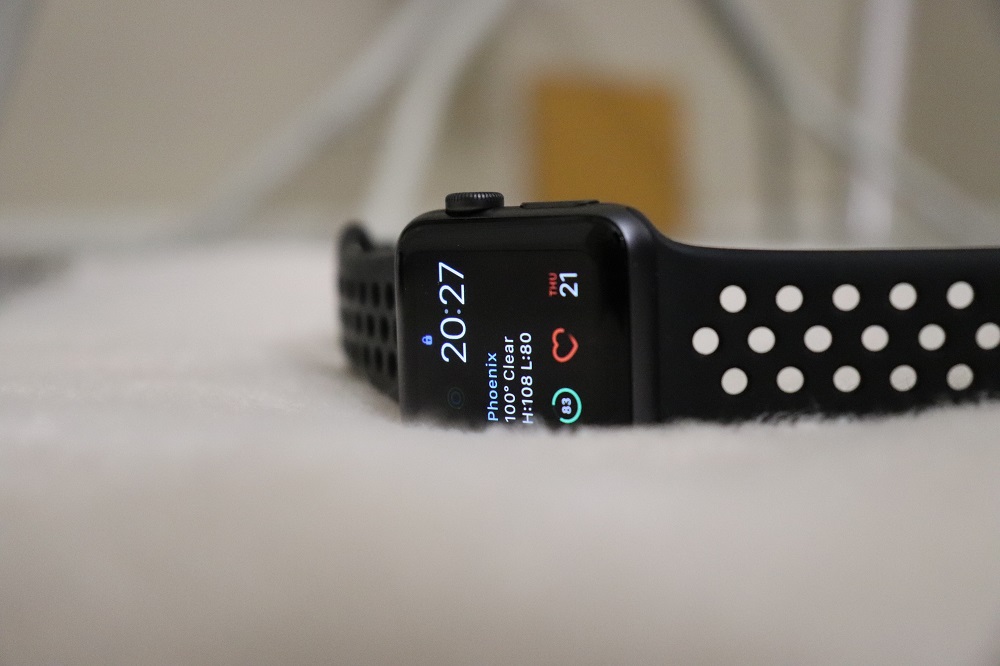
One of the things I get to do is mentor and coach healthcare entrepreneurs. I really enjoy it. Plus it allows me to keep up-to-date on the latest innovations. Lately, I have seen a lot of companies building technology to help people stay safe and recover at home. It’s definitely full-steam ahead for the care-at-home movement.
Care at Home is Better
The evidence is mounting that the home is a far safer and better place for people to be than any institution (ie: hospital, care home, long-term care facility, etc). This was true before COVID-19 and it is even more apparent now.
To put it simply, being at home is a huge mental boost for people. It’s a safe and comfortable environment. It should not be surprising, therefore, that patients recover from surgeries faster, have better outcomes, and cost less than patients in hospitals. Personally, I would rather be at home recovering than in a hospital.
However, to make care-at-home possible, technology is needed to allow clinicians and care teams to monitor and connect with patients in their home. This area of healthcare, called Remote Patient Monitoring (RPM), has become one of the hottest technology sectors.
Remote Patient Monitoring
Everyone from Apple to BestBuy to Amazon to Kaiser is investing in technologies and services to help people be healthy at home. We have wearables, ambient sensors, smart homes, smartphone based apps, connected devices, and even robots that can be used to help provide care in the home.
It is becoming more common for patients to be discharged from hospitals quickly and be given devices to take home with them so that clinicians can monitor their vitals in near real-time. The way most of these devices work is by collecting information from the patient and then relaying that information back to a central repository either controlled by the company that makes the device or directly to the clinical team that is doing the monitoring.
Because the information is being used by clinicians, there is a lot of attention put on the security of the data being gathered and transmitted. Personally, I feel very comfortable with RPM technology that is used in this manner.
However, I’m a bit apprehensive of RPM technologies that are not meant to help clinicians with monitoring a recovering patient or someone with a chronic condition. There are many new RPM technologies that are meant to be used day-to-day to keep people safe.
Personal Health & Safety Home Technology
Fall detectors, sleep monitoring devices, heart rate monitors, etc. are now available from numerous companies under the umbrella of “wellness” and “safety” products. The ones getting a lot of attention right now are ambient sleep/heart rate monitors.
The new crop of devices use millimeter wave technology which allows the devices to wirelessly detect breathing and heart rates without the need of a wearable. This is far more comfortable and less intrusive than wearing a watch to sleep. The information is relayed to a central server where it is analyzed by an AI engine that has been trained on that person’s breathing and heart rate patterns.
If it detects something out of the norm (ie: irregular heart rate, extremely quick breathing or no breathing at all) then an alert will be sent. Users can configure who should receive those alerts – most likely loved ones.
The concern I have is around the data that is collected. Most companies are vague when it comes to how long they store it and how they use it beyond the alerts. Will sell the data to a mattress company who could analyze the sleep pattern/depth of sleep from the breathing data? Will they offer the data to researchers? It’s not clear.
Having said that, would I trade that privacy for the comfort of knowing my loved one was safe? I might…especially if my loved one was prone to sleep apnea or had a significant falls risk. Would you make that trade?
I have heard from several people who work in the eldercare space that many aged adults do not want devices in their home or on their bodies that monitor them 24/7. They feel it is an intrusion on their privacy. I can totally empathize with that. Having a smart speaker like Google Home or Alexa is one thing, but having a device by my bed that reports my sleep pattern and heart rate to an unknown company is a little unnerving.
Join us on Tuesday November 9th at 8:30pm ET (for your local time click here) when we will discuss the following questions:
- T1 Would you be comfortable with tech in your home that notifies loved ones if something was wrong (ie: fall, heart attack, sleep walking, etc)
- T2 What assurances do you need to have from the company/organization installing tech or monitoring you at home? (privacy, data security, competency)
- T3 Does it make a difference to you if your doctor/care provider is the one that recommends the at-home monitoring technology vs family/loved ones?
- T4 Are there any home-health technologies that you are impressed with or that you would consider for yourself/your loved one right now?
References
Gerke, S., Shachar, C., Chai, P.R. et al. « Regulatory, safety, and privacy concerns of home monitoring technologies during COVID-19”, Nature Medicine, 7 August 2020, https://www.nature.com/articles/s41591-020-0994-1#citeas, accessed 6 November 2021
Davis, Jessica. “COVID-19 Home Monitoring Tools Pose Patient Privacy, Safety Risks”, Health IT Security, 14 August 2020, https://healthitsecurity.com/news/covid-19-home-monitoring-tools-pose-patient-privacy-safety-risks, accessed 6 November 2021
Choi, P and Walker, R. “Remote Patient Management: Balancing Patient Privacy, Data Security, and Clinical Needs”, Karger, 2019, https://www.karger.com/Article/Fulltext/496312#, accessed 6 November 2021
Cohen, Glenn; Gerke, Sara and Kramer, Daniel. “Ethical and Legal Implications of Remote Monitoring of Medical Devices”, The Milbank Quarterly, 20 October 2020, https://onlinelibrary.wiley.com/doi/abs/10.1111/1468-0009.12481, accessed 6 November 2021
Ianzito, Christina. “Remote Monitoring Systems Can Give Caregivers Peace of Mind”, AARP, 10 January 2020, https://www.aarp.org/caregiving/home-care/info-2020/ces-caregiving-products.html, accessed 6 November 2021
Image Credit
Photo by Ankush Minda on Unsplash